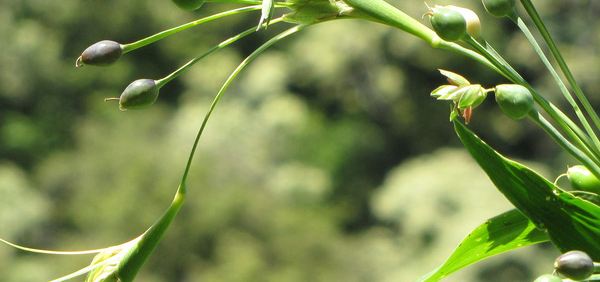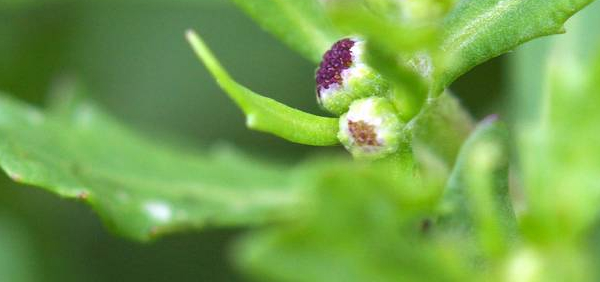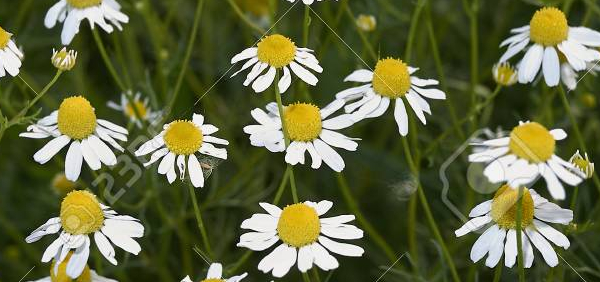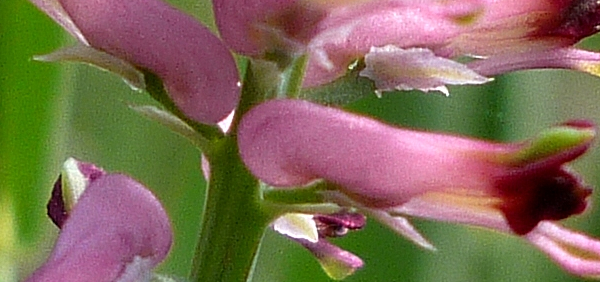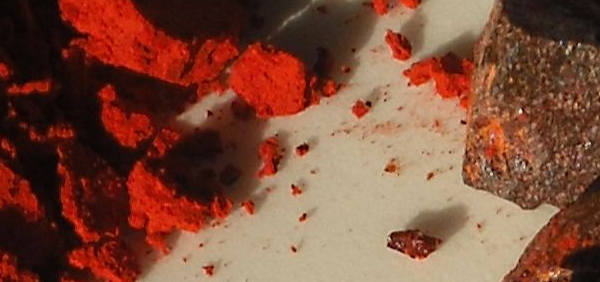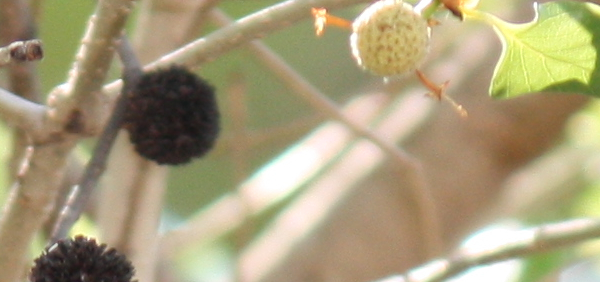amritaphala :

Cultivation:
European pear trees are not quite as hardy as apples, but nearly so. However, they do require some winter chilling to produce fruit. A number of Lepidoptera caterpillarsfeed on pear tree leaves.
For best and most consistent quality, European pears are picked when the fruit matures, but before they are ripe. Fruit allowed to ripen on the tree often drops before it can be picked, and in any event will be hard to pick without bruising. Pears store (and ship) well in their mature but unripe state if kept cold, and can be ripened later, a process called bletting. Some varieties, such as Beurre dAnjou, ripen only with exposure to cold.
Fermented pear juice is called perry. In Britain, the place name "Perry" can indicate the historical presence of pear trees.
Relatively few cultivars of European or Asian pears are widely grown worldwide. Only about 20-25 European and 10-20 Asian cultivars represent virtually all the pears of commerce. Almost all European cultivars were chance seedlings or selections originating in western Europe, mostly France. The Asian cultivars all originated in Japan and China. Bartlett (Williams) is the most common pear cultivar in the world, representing about 75% of US pear production
- » Classification and names of amritaphala
- » Synonyms and definitions of amritaphala
- » Drug Properties of amritaphala
- » Chemical Constituents of amritaphala
- » Standardization of amritaphala
- » Parts used and Dosage of amritaphala
- » Morphology and Histology of amritaphala
- » Distribution and Conservation of amritaphala
- » Cultivation of amritaphala
- » amritaphala in the market
- » Medicinal Uses of amritaphala
- » Researches and clinical trails of amritaphala
- » amritaphala in other sytems of medicine
- » Ayurvedic formulations with amritaphala
- » Images of amritaphala



